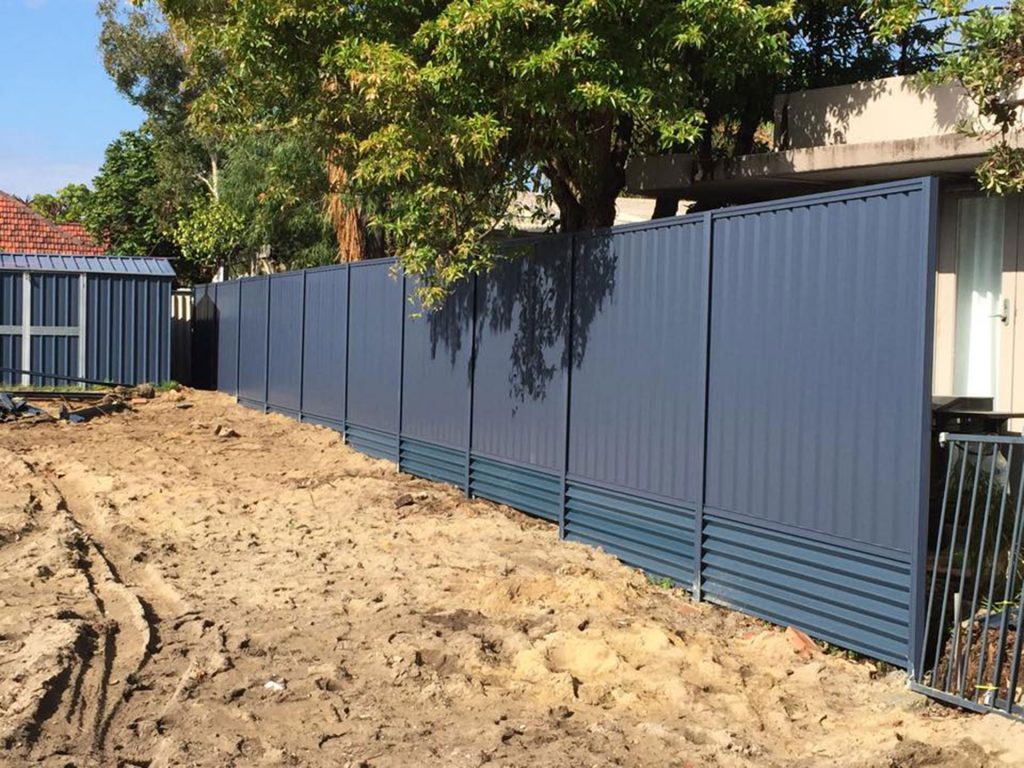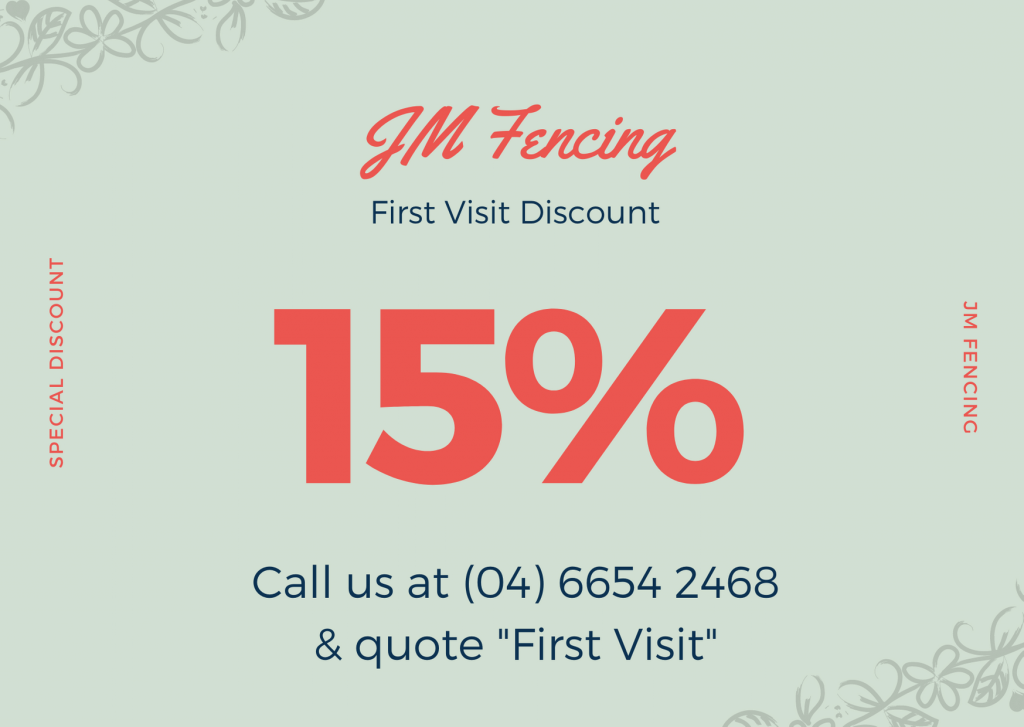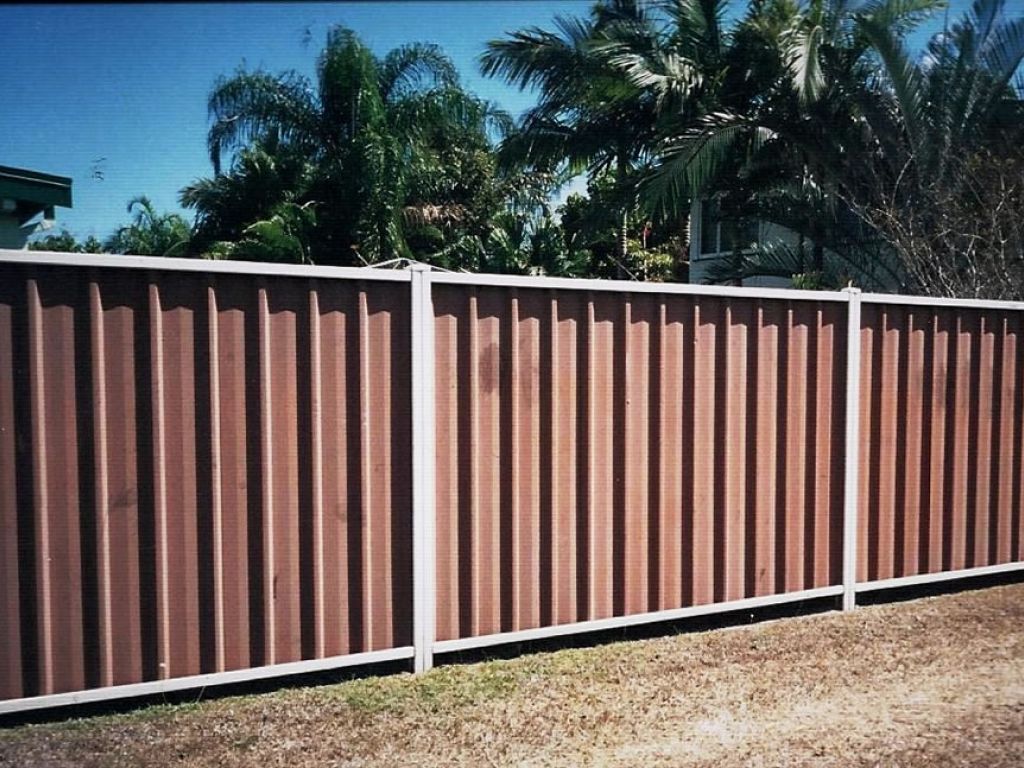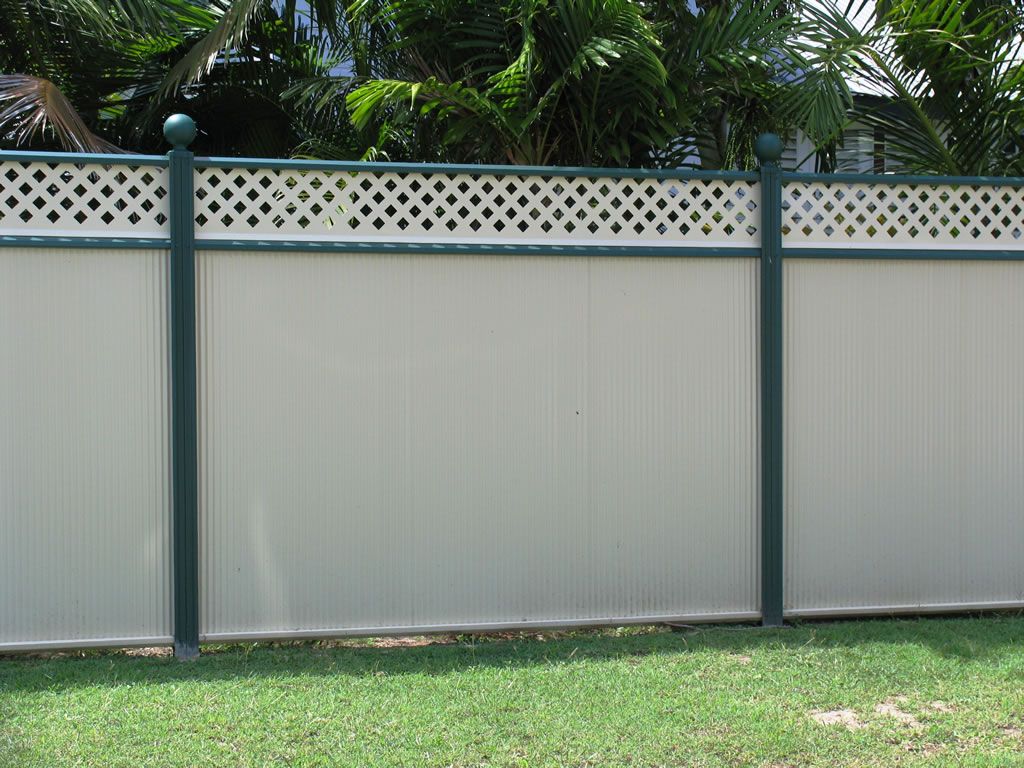As blocks get smaller and there is more need to maximise building space, retaining walls are becoming increasingly common. You may even need a retaining wall in an older property after landscaping or installing a pool. So what options are available?
Fencing and Retaining Walls
A retaining wall holds back soil when there is a need to change the ground elevation, for example, between two properties or stepped garden beds. It must be a resilient structure that can withstand the sideways force of the soils to prevent a collapse. When installing a fence along a property boundary, it is very common to use some form of retaining wall for practical and aesthetic purposes.
If you are installing a Colorbond fence on top of a retaining wall, there are a few different options to choose from. The most commonly used retaining walls in Western Australia are Plinth, Panel & Post and Limestone blocks. Each option has its pros and cons, but you can use all of them with Colorbond fencing. Let’s explore each option in more details.

Colorbond Plinth
This is the most cost-effective and quickest option to install, but its application is limited. If there is only a small height difference, then Colorbond Plinth is worth considering. While the maximum retention height is 600mm, it is most useful for 150-250mm of retention. Often Colorbond Plinth is used for aesthetics as well as retention. The Plinth hides the gap at the bottom of the fence and prevents weeds growing under the fence. It is available in the same colours as Colorbond fencing so you can colour match perfectly.
Colorbond Plinth is a cost-effective retention solution. Materials and labour are cheaper, and you also save on time. A key advantage is you can install the fencing immediately because there is no need to wait for mortar to set. What’s more, you can build along the boundary line with Colorbond Plinth, and it will not take up any more width than the fence. This means there is no loss of land for either neighbour. You can also use it when there is an existing structure close to the fence line that prevents the use of panel & post or limestone.

Panel and Post
Concrete panel and post retaining wall systems are an attractive and durable option. They are more expensive than Plinth, but you can go much higher, and the system is relatively quick to install. You can use a panel and post system to retain earth up to 1.2m high. The installation process is very similar to a fence, so your fencing contractor can do both, unlike a masonry wall that requires a bricklayer. Your contractor will install the posts at 1.5m intervals into holes that are the same depth as the wall height. For example, a retaining wall 1 metre high will have post holes 1 metre deep.
The concrete panels are available in a standard finish, or you can choose from limestone or slate effect finishes. Generally, the manufacturer uses steel reinforcing and chemical additives to ensure the panels and posts are strong enough to withstand the sideways force without additional engineering. When using a panel and post system, one landowner will lose a little ground as the fence will sit just behind the retaining wall.

Limestone Block Wall
A limestone block wall is the most expensive of the three options but is the strongest and most aesthetically pleasing. It can also be core drilled, so the loss of land is equal on both sides.
Unlike the panel and post system, you can align a limestone block retaining wall, so the centre of the block matches the centre of the surveyed boundary line. The installer will then drill holes for the fence posts in the centre of the limestone block which gives a matching finish on both sides. Your Colorbond fence will sit flush to the limestone. The symmetry and level surfaces provide a sense of balance. They will enhance the visual appeal of both the fence and the retaining wall.
Should you be considering a new fence and suspect you will need a retaining wall, we recommend getting expert advice. A reputable fencing installer can advise you on the solutions available for your garden and the comparative cost.

